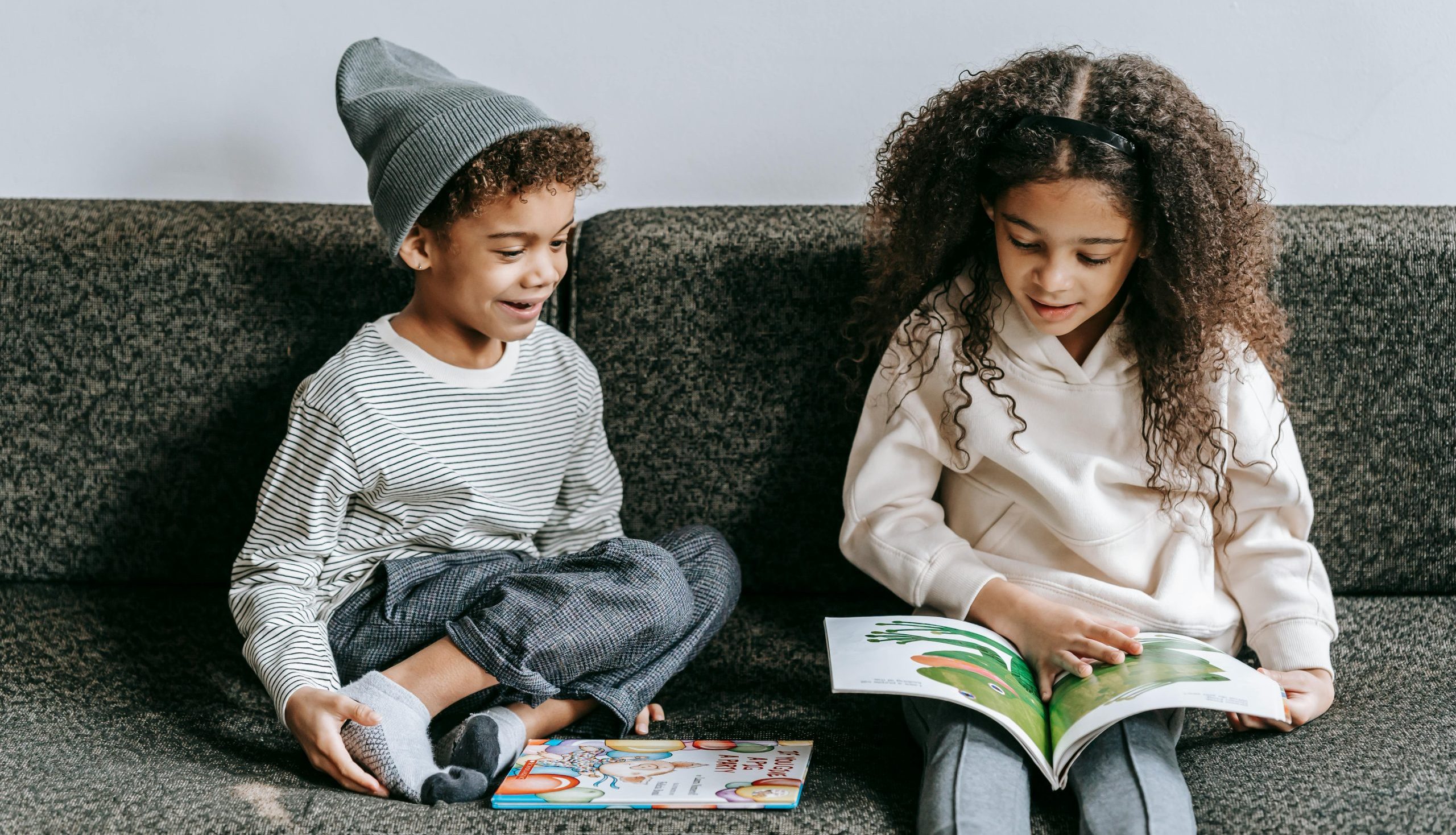5 Engaging Sensory Play Activities and Why They Matter
5 Engaging Sensory Play Activities and Why They Matter
Sensory play is a vital part of early childhood development. It helps children engage with their environment, develop essential skills, and build connections in the brain. By exploring different textures, sounds, scents, and movements, children not only have fun but also strengthen their cognitive, emotional, and physical abilities.
Below are five engaging sensory play activities and how they support development.

1. Messy Play with Taste-Safe Materials
Messy play using edible materials like yoghurt, jelly, or mashed vegetables allows children to explore textures in a safe and engaging way. They can squish, smear, and even taste their play materials, stimulating multiple senses at once.
Benefits:
- Supports sensory processing – Helps children become comfortable with different textures, reducing sensitivity to messy or unfamiliar sensations.
- Encourages fine motor development – Strengthens small hand muscles used for writing, buttoning clothes, and other important tasks.
- Enhances language skills – Children learn to describe what they feel, taste, and see, expanding their vocabulary.
- Boosts creativity – Messy play allows open-ended exploration, fostering imagination and problem-solving skills.
2. Playing with Noisy Toys
Toys that produce sounds, such as rattles, bells, or musical instruments, stimulate a child’s auditory sense. Babies learn about cause and effect as they shake, bang, or press objects to produce different noises.
Benefits:
- Develops auditory processing skills – Helps children differentiate between sounds, which is crucial for language development.
- Encourages hand-eye coordination – Reaching for and grasping sound-producing toys strengthens motor skills.
- Supports early language development – Exposure to different sounds builds the foundation for speech and communication.
- Enhances focus and attention – Engaging with sounds teaches children to listen carefully and respond to auditory cues.
3. Exploring Different Scents
Introducing children to a variety of smells—such as scented playdough, herbs, flowers, or citrus peels—encourages them to use their olfactory sense in a meaningful way. Since the sense of smell is linked to memory and emotion, this activity can create strong sensory associations.
Benefits:
- Enhances memory and recognition – Familiar scents can trigger positive memories and help children differentiate between different smells.
- Supports emotional development – Certain scents, like lavender, can have a calming effect, while citrus scents can be energising.
- Encourages curiosity and exploration – Smell is often overlooked, so introducing a variety of scents sparks interest and engagement.
4. Peekaboo and Hiding Games
Games like peekaboo and hiding objects under blankets help children develop an understanding of object permanence—the concept that things still exist even when they can’t be seen. This is an important cognitive milestone in early development.
Benefits:
- Builds cognitive skills – Strengthens memory and problem-solving as children learn to anticipate the return of hidden objects or people.
- Enhances social interaction – Peekaboo encourages turn-taking, eye contact, and social bonding, helping to develop early communication skills.
- Develops visual tracking – Watching a hidden object reappear strengthens the ability to follow movement, an important skill for reading and coordination.
- Encourages emotional resilience – Helps children understand that separations (like a parent leaving the room) are temporary, easing separation anxiety.
5. Textured Materials for Tactile Exploration
Providing children with different textured objects—such as soft fabrics, bumpy sponges, smooth stones, or textured chew toys—stimulates their sense of touch. This helps them process and respond appropriately to tactile sensations.
Benefits:
- Encourages sensory integration – Helps children process different textures, which is particularly beneficial for those with sensory sensitivities.
- Strengthens fine motor skills – Holding, squeezing, and manipulating textured objects builds hand strength and coordination.
- Supports emotional regulation – Certain textures, like soft materials or deep pressure touch, can have a calming effect on children.
- Builds confidence with new experiences – Exposure to different textures helps children become more comfortable with new sensations, which can be useful in activities like eating diverse foods or wearing different fabrics.
The Science Behind Sensory Play
Sensory play is more than just fun—it’s a crucial part of early learning. Studies show that multi-sensory stimulation (engaging multiple senses at once) enhances cognitive development, emotional regulation, and motor skills. Sensory-rich experiences help children build strong neural connections, laying the foundation for skills like problem-solving, social interaction, and self-regulation.
By incorporating sensory play into daily activities, caregivers can support a child’s development in a meaningful and engaging way. Whether it’s through messy play, music, textures, or movement, sensory experiences help children explore, learn, and grow.





















